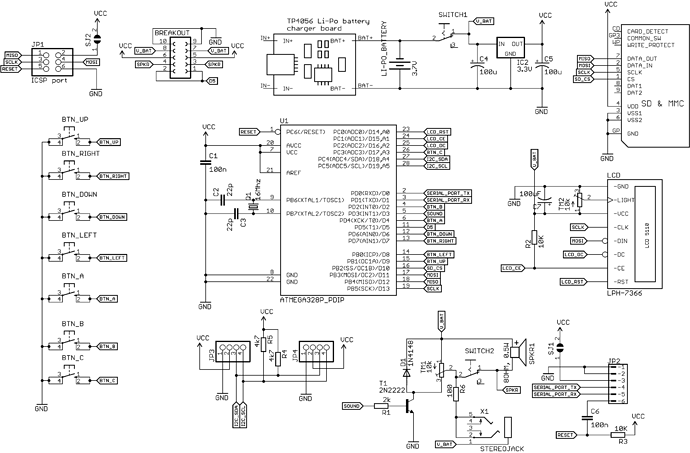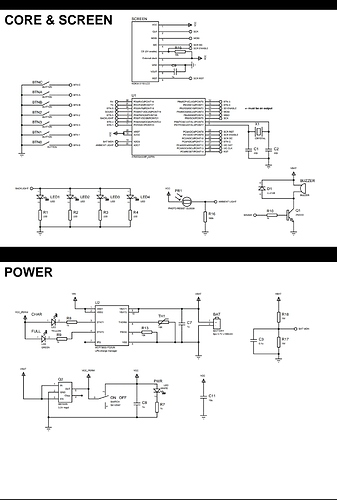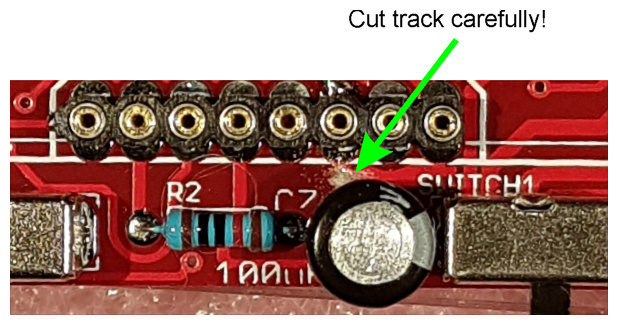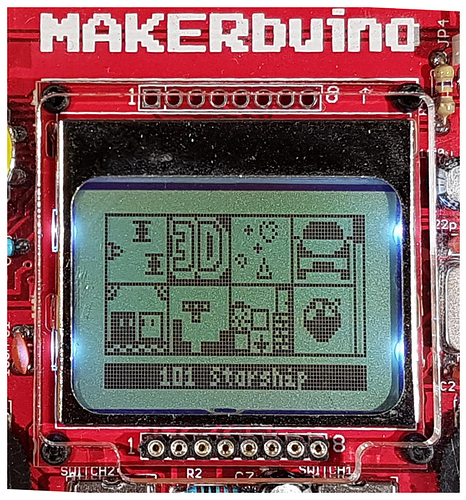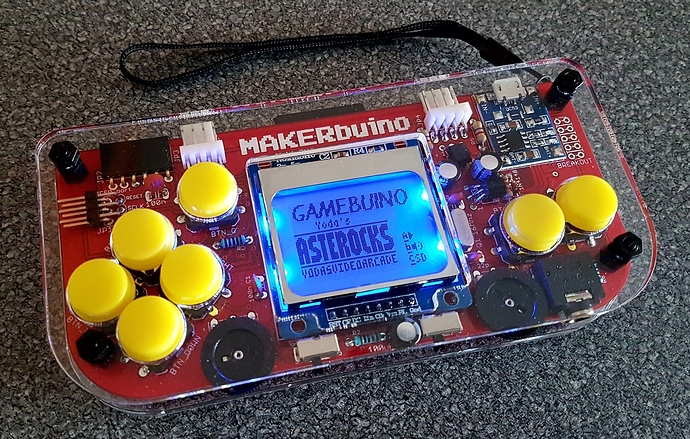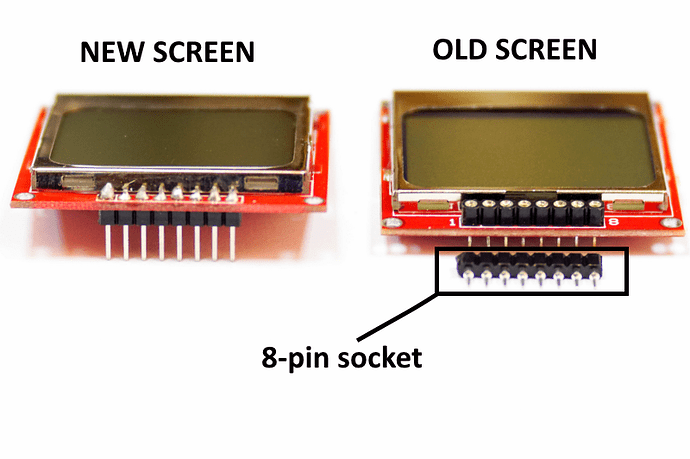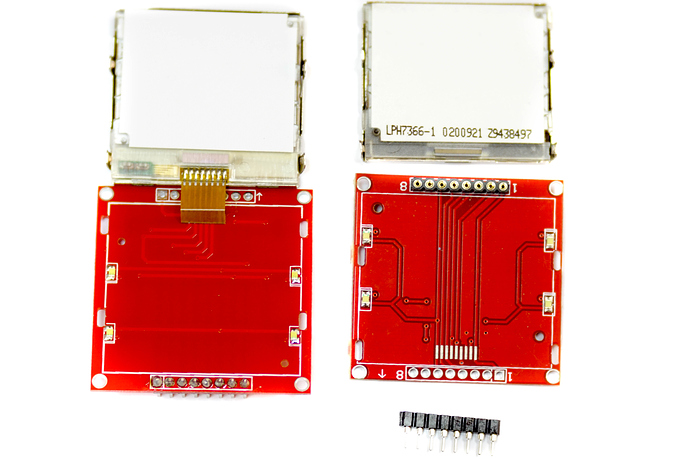@Jez, thank you for your effort in this and for helping the community out. I will reward you with a couple of badges.
I’ve seen your post about this quite some time ago but I was struggling with finding some time to investigate this and reply to what you’ve been doing.
Here goes:
The screen is supplied with the unregulated battery voltage on purpose. I’ve changed this compared to Gamebuino’s original way of connecting the screen to fix the problem of screen flickering due to the noise produced by microcontroller’s oscillation (which is quite ironic since this seems to be the source of your problems).
Usually, I fix these problems by sending a new screen to the user.
I personally test every Nokia screen before sending them to the users (in other words, I’ve tested over 3000 of these screens) and the main thing that I’ve learned is that they’re a massive pain in the ass.
There are 20% defectives in every batch, regardless of the supplier.
And the worst part is the fact that they sometimes decide to die out of nothing or due to transportation/moisture/temperature/soldering mistakes.
The biggest problem is actually caused by the conductive rubber between the screen and its board. Dust and other unwanted particles come between the rubber contacts and the board’s metal contacts and cause contrast problems, which can sometimes be fixed by cleaning the contacts.
@eskimo explained what’s happening with the screens quite good:
This post of yours got me quite confused as this is a unique case of someone doing this to fix the screen. Usually, the problem is caused by dust between the rubber contacts.
What was causing the problem with your screen - I don’t actually know…
Maybe your screen is in some way different or there is something different on your board (some defective component) which I don’t see.
As you can see, people are building their MAKERbuinos successfully and the problem is not in the PCB design, the voltage level on the screen is supposed to be that way. If it was wrong, all MAKERbuinos would have that issue (and they don’t have it, we’ve sold 2500 units so far I am quite sure about that).
Anyways, kudos on figuring this out and sharing your experience in a forum post.
You’ve motivated me to find a solution to the defective screen related problems so I’ve managed to source a different version of the Nokia screen.
This new version of the screen has a piece of presoldered flexible cable that is connecting the screen to the red screen module PCB instead of the conductive rubber. This version of the Nokia screens has fixed contrast settings (you cannot change the contrast), are a bit bigger, clearer, have better refresh rate and look quite better in general.
Also, we’ve decided to remove the machined header socket with a pin header that is soldered directly to avoid problems with connection.
These new screens are now shipped with every new version of the MAKERbuino.

 I did that and no luck.
I did that and no luck.

